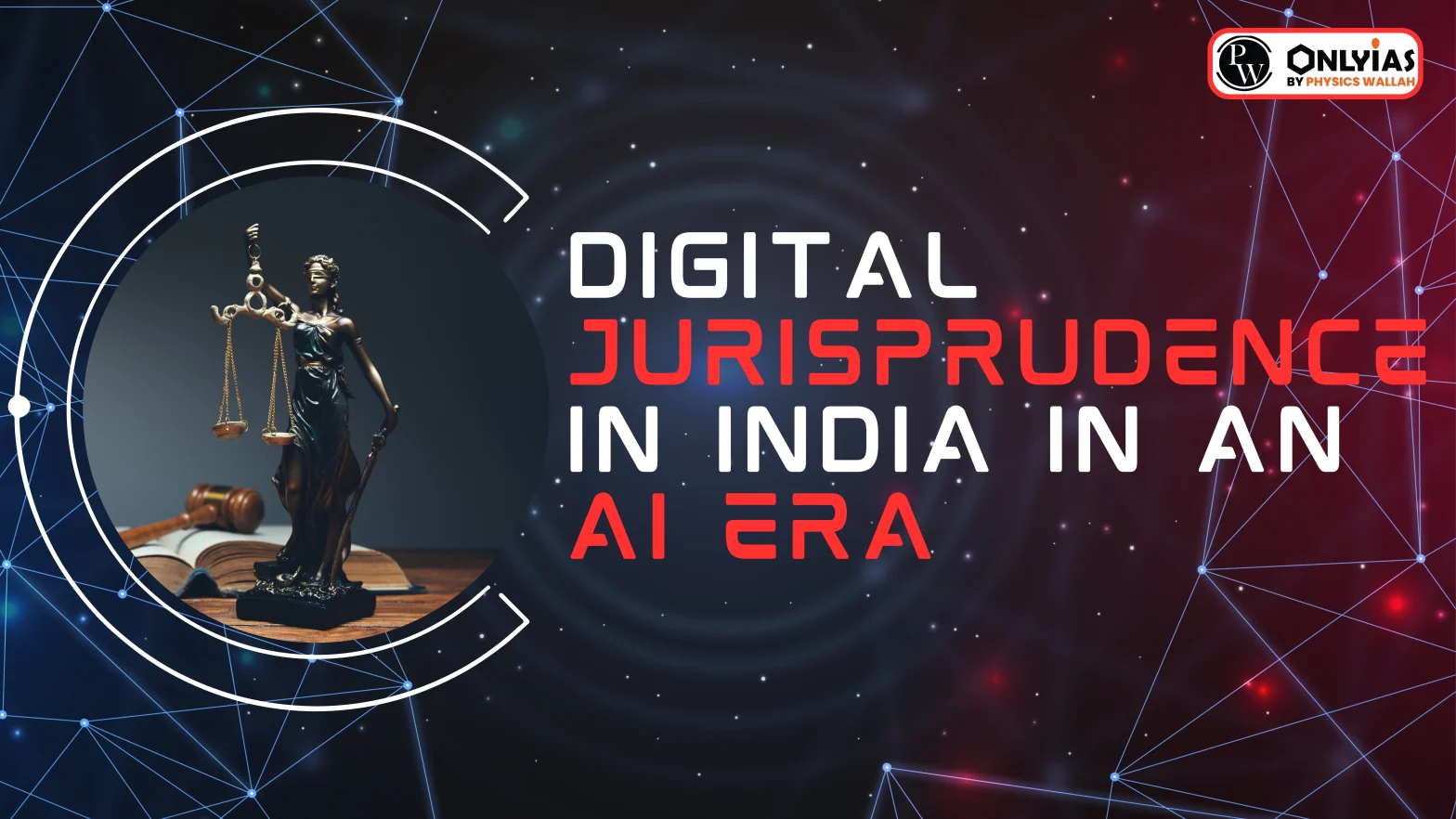Even though Generative AI (GAI) stands as a transformative force, wielding power to revolutionise society in ground-breaking ways, existing legal frameworks and judicial precedents that have been designed for a pre-Al world may struggle to effectively govern this rapidly-evolving technology.
| Relevancy for Prelims: Generative AI, Information Technology (Intermediaries Guidelines) Rules, Large Language Models (LLMs), ChatGPT, K.S. Puttaswamy judgment, Digital Personal Data Protection Act, 2023 etc.
Relevancy for Mains: Challenges posed by Generative AI, etc. |
Safe harbour and liability fixation
- One of the most persistent and contentious issues in Internet governance has been the fixing of liability on “intermediaries” for content hosted by them.
- The landmark Shreya Singhal judgment addressed this by upholding Section 79 of the IT Act which grants intermediaries ‘safe harbour’ protection against hosting content, contingent upon meeting the due diligence requirements outlined in Section 3(1)(b) of the Information Technology (Intermediaries Guidelines) Rules.
- However, its application to Generative Al tools remains challenging.
- There are contrasting views on the role of GAI tools.
Enroll now for UPSC Online Classes
- Some argue that they should be considered intermediaries since they are used almost like a search engine even though they do not host links to third-party websites.
- Others argue that they are mere “conduits” for user prompts, where altering the prompt leads to changes in output – essentially making the generated content akin to third-party speech, and, therefore, attracting lesser liability for the content generated.
- In Christian Louboutin Sas us Nakul Bajaj and Ors (2018), the Delhi High Court held that safe harbour protection applies solely to “passive” intermediaries, referring to entities functioning as mere conduits or passive transmitters of information.
- However, in the context of Large Language Models (LLMs), making a distinction between user-generated and platform-generated content is increasingly challenging.
- Additionally, liability in the case of Al chatbots arises once the information is reposted on other platforms by the user; mere response to a user prompt is not considered dissemination.
- Generative Al outputs have already led to legal conflicts in various jurisdictions.
- In June 2023, a radio host in the United States filed a lawsuit against Open Al, alleging that Chat GPT had defamed him.
- The ambiguity in classifying GAI tools, whether as intermediaries, conduits, or active creators, will complicate the ability of courts to assign liability, particularly in user reposts.
The Copyright Conundrum
- Section 16 of Indian Copyright Act 1957 specifically provides that “no person” shall be entitled to protection of copyright except by the provisions of the Act.
- As in India, reluctance persists regarding the provisions of copyright protection to works generated by Al globally.
- The critical questions are: should existing copyright provisions be revised to accommodate AI?
- If Al-generated works gain protection, would co- authorship with a human be mandatory?
- Should recognition extend to the user, the programme itself, and by extension, the programmer, or both?
- The 161st Parliamentary Standing Committee Report found that the Copyright Act of 1957 is “not well equipped to facilitate authorship and ownership by Artificial Intelligence“.
- Under current Indian law, a copyright owner can take legal action against anyone who infringes on his/her work with remedies such as injunctions and damages.
- However, the question of who is responsible for copyright infringement by Al tools remains unclear.
- As previously argued, classifying GAI tools, whether as intermediaries, conduits, or active creators, will complicate the courts’ ability to assign liability.
- ChatGPT’s ‘Terms of Use’ attempt to shift liability to the user for any illegal output. But the enforceability of such terms in India is uncertain.
- The landmark K.S. Puttaswamy judgment (2017) by the Supreme Court of India established a strong foundation for privacy jurisprudence in the country, leading to the enactment of the Digital Personal Data Protection Act, 2023 (DPDP).
- While traditional data aggregators or consent managers raise privacy concerns during the collection and distribution of personal information, Generative Al introduces a new layer of complexity.
- The DPDP Act introduces the “right to erasure” as well as “right to be forgotten“.
- However, once a GAI model is trained on a dataset, it cannot truly “unlearn” the information it has already absorbed.
- This raises a critical question.
- How can individuals exercise control over their personal information when it is woven into the very fabric of a powerful Al model?
Steps to Pursue
- First, learning by doing.
- Consider granting GAI platforms temporary immunity from liability following a sandbox approach.
- This approach allows responsible development while gathering data to identify legal issues that could inform future laws and regulations.
- Second, data rights and responsibilities.
- The process of data acquisition for GAl training requires an overhaul.
- Developers must prioritise legal compliance by ensuring proper licensing and compensation for the intellectual property used in training models.
- Solutions could include revenue-sharing or licensing agreements with data owners.
- Third, licensing challenges.
- Licensing data for GAI is complex as web-data lacks a centralised licensing body similar to copyright societies in the music industry.
- A potential solution is the creation of centralised platforms, akin to stock photo websites such as Getty Images, which simplify licensing, streamline access to necessary data for developers and ensure data integrity against historical bias and discrimination.
- The jurisprudence around Generative Al (GAI) is hazy and yet to be evolved.
- It demands a comprehensive re-evaluation of existing digital jurisprudence.
- A holistic, government-wide approach and judicious interpretations by the constitutional courts are essential to maximise the benefits of this powerful technology, but safeguarding individual rights and protecting them against unwelcome harm all the while.
Check Out UPSC NCERT Textbooks From PW Store
Conclusion
Clear legal frameworks for AI are essential to balance innovation with accountability, ensuring data rights, proper licensing, and protection against misuse while fostering responsible development.
![]() 3 Jul 2024
3 Jul 2024

